Address
304 North Cardinal St.
Dorchester Center, MA 02124
Work Hours
Monday to Friday: 7AM - 7PM
Weekend: 10AM - 5PM
Laser marking is a technology used to create permanent marks, inscriptions, or patterns on various materials. The principle of laser marking is based on the interaction of a high-intensity laser beam with the material’s surface. Here’s how it works:
1. Laser Source: Laser marking machines use different types of laser sources, including CO2 lasers, fiber lasers,UV lasers,Green lasers and YAG lasers, depending on the material and application. Each type of laser produces a specific wavelength of light that interacts with materials differently.
2. Focusing Optics: The laser beam emitted by the laser source is directed through a series of focusing optics, typically a lens, to converge the beam to a small, precise spot size on the material’s surface. The focused laser beam is essential for achieving high-resolution marks.
3. Material Interaction: When the concentrated laser beam strikes the material’s surface, several key interactions can occur:
– Ablation: In the case of some materials, such as plastics or certain metals, the laser’s energy causes the material to vaporize, leaving behind a visible mark. This is known as laser ablation.
– Color Change: On materials like anodized aluminum, the laser’s energy can cause a localized color change, creating high-contrast marks.
– Engraving: For materials like metals, the laser can physically remove material, creating engravings or deep marks.
– Foaming: In some plastics, the laser’s energy can induce foaming, creating a raised or contrasting mark.
4. Control and Precision: The laser marking process is highly precise and controlled. Various parameters can be adjusted, including laser power, marking speed, pulse duration, and the pattern to be marked. These parameters are often controlled by computer software and can be fine-tuned to achieve the desired mark quality.
5. Marking Patterns: Laser marking machines can create a wide range of marking patterns, including text, barcodes, QR codes, logos, graphics, and more. The choice of marking pattern is determined by the application and the material.
6. Safety Measures: Safety is a critical aspect of laser marking. Adequate safety measures, such as machine enclosures, interlock systems, and laser safety goggles, are employed to protect operators from laser radiation.
7. Versatility: Laser marking is versatile and can be used in various industries, including automotive, aerospace, electronics, medical devices, and more, for applications like part identification, branding, traceability, and decorative marking.
8. Non-Contact Process: Laser marking is a non-contact process, meaning there is no physical contact between the laser and the material. This minimizes the risk of contamination or damage to the workpiece.
In summary, laser marking is a technology that uses a high-energy laser beam to interact with a material’s surface, creating permanent marks or engravings. It offers precision, speed, and flexibility, making it a valuable tool in various manufacturing and marking applications. The specific characteristics of the mark depend on the type of laser source, the material, and the marking parameters used.
Laser marking systems use different types of laser sources to suit various material applications. The choice of laser source depends on the material being marked, the desired mark quality, and other factors. Here’s a breakdown of how different laser sources are used for specific material applications:
1. Fiber Lasers:
– Materials: Metals (e.g., stainless steel, aluminum, copper), plastics, and some ceramics.
– Applications: Industrial part marking, medical devices, automotive components, aerospace parts, electronics, barcodes, QR codes, and serial numbers.
– Advantages: High precision, fine details, high contrast, fast marking speed, and reliability on metals.
2. CO2 Lasers:
– Materials: Organic materials (e.g., wood, paper, cardboard, leather), some plastics, glass, and ceramics.
– Applications: Cutting, engraving, packaging, woodworking, signage, paper products, and decorative markings.
– Advantages: Versatility for non-metallic materials, high-speed cutting and engraving, and minimal heat-affected zones on certain materials.
3. YAG Lasers:
– Materials: Metals (especially when fiber lasers are not suitable), plastics, ceramics, and some semiconductors.
– Applications: Marking on various metals, ceramics, and electronic components.
– Advantages: High-power capability, deep engraving on metals, and capability for marking on challenging materials.
4. UV Lasers (Ultraviolet):
– Materials: Plastics, glass, certain ceramics, and some metals.
– Applications: Micro-machining, fine marking, precision electronics, medical devices, and semiconductor marking.
– Advantages: High precision, minimal heat-affected zone, and fine detail capability, especially for plastics and semiconductors.
5. Green Lasers:
– Materials: Plastics, ceramics, and some metals.
– Applications: Fine marking, semiconductor wafer marking, microelectronics, medical devices, and automotive components.
– Advantages:Fine resolution, good contrast, and minimal heat effects.
6. Q-Switched Lasers:
– Materials: A wide range of materials, including metals, plastics, ceramics, and more.
– Applications: High-contrast marking, black annealing on stainless steel, color change marking, and deep engraving.
– Advantages: Versatility, high peak power for various marking needs, and the ability to produce unique effects.
It’s important to note that advancements in laser technology have led to the development of hybrid systems and multi-wavelength sources that can handle a broader range of materials and applications. When choosing a laser source for marking, it’s crucial to consider the specific requirements of the material and the desired outcome, as well as any safety considerations. Additionally, the power, wavelength, and pulse duration of the laser source play a significant role in the effectiveness of the marking process.
This marking system can be used for logo marks, serial numbers, bar codes, and other beautiful patterns on any metallic materials such as stainless steel, aluminum, titanium, brass, gold, silver, aluminum, and lots of engineering plastic products such as mobile cover and charger, consume electronics housing, etc.
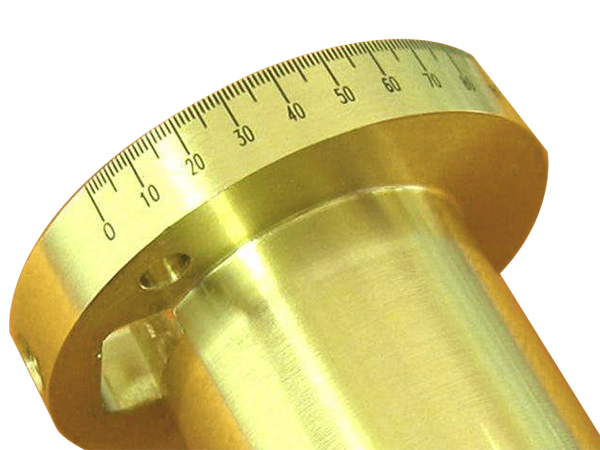
Product Identification: Laser marking machines are used to mark products with unique identifiers such as serial numbers, barcodes, QR codes, and logos.
Part Traceability: Laser marking enables the permanent marking of parts with traceability information, including batch numbers, manufacturing dates, and part numbers.
Text and Graphics: Laser marking machines can engrave text, graphics, and logos onto a wide range of materials for branding and aesthetic purposes.
Component and Assembly Marking: Laser marks are utilized on components and assemblies for identification, quality control, and assembly instructions.
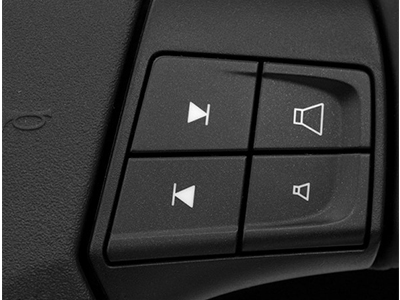
Part and Component Marking: Laser marking is extensively used to mark various automotive and aerospace components, including engine parts, chassis components, and electrical connectors, for traceability and quality control.
Vehicle Identification: Laser marking machines are employed to mark unique identification numbers, VIN codes, and vehicle serial numbers on automotive and aerospace products.

PCB Marking: Laser marking machines are used to mark PCBs (Printed Circuit Boards) with component labels, serial numbers, and other identification markings.
Chip Marking: Laser marking is applied to mark chips and integrated circuits with identification codes, logos, and manufacturing information.
Wafer Marking: Laser marking machines can mark wafers with identification data, wafer maps, and alignment marks.
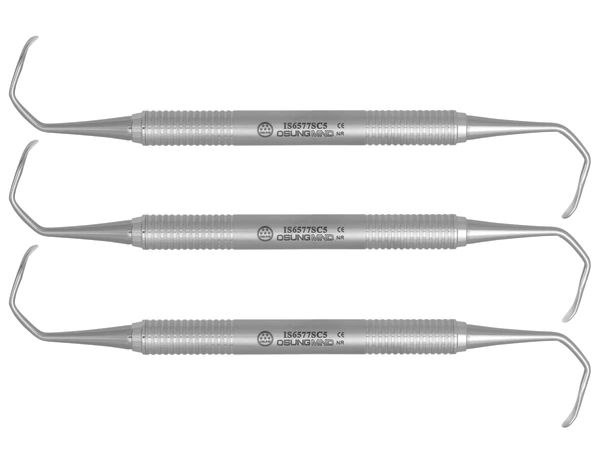
Medical Device Marking: Laser marking is used for marking medical devices, implants, surgical instruments, and equipment with identification, lot numbers, and manufacturing information.
Pharmaceutical Packaging: Laser marking machines can mark pharmaceutical packaging, including blister packs, vials, and labels, with batch numbers, expiration dates, and barcodes for tracking and anti-counterfeiting purposes.
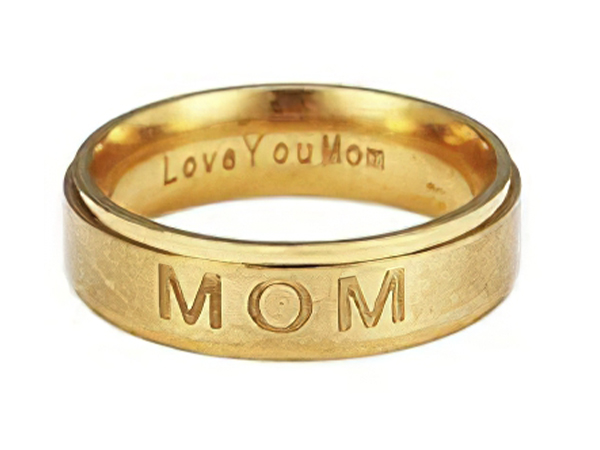
Personalization and Customization: Laser marking machines are utilized to engrave personalized messages, names, and designs on jewelry pieces and luxury goods.
Branding and Logo Marking: Laser marking enables the precise and permanent marking of brand names, logos, and trademarks on jewelry and luxury items.
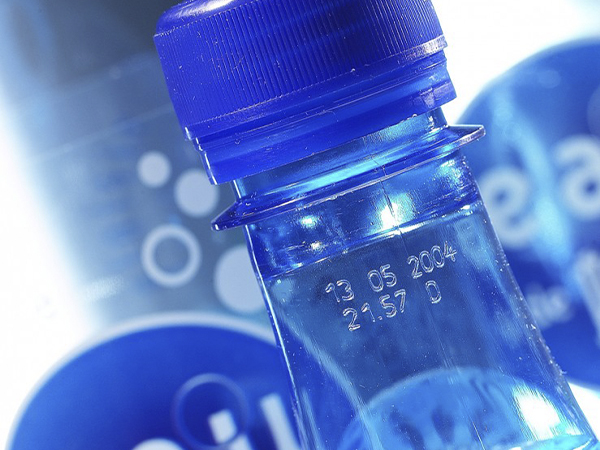
Product Packaging: Laser marking machines are employed to mark packaging materials like cardboard, plastic, and glass with branding, product information, and barcodes.
Labels and Tags: Laser marking can be used to create high-quality labels and tags for product identification, tracking, and branding purposes.
Handheld laser marking machine
Supporting automated laser marking module
Large format laser marking
More industry laser marking solutions
